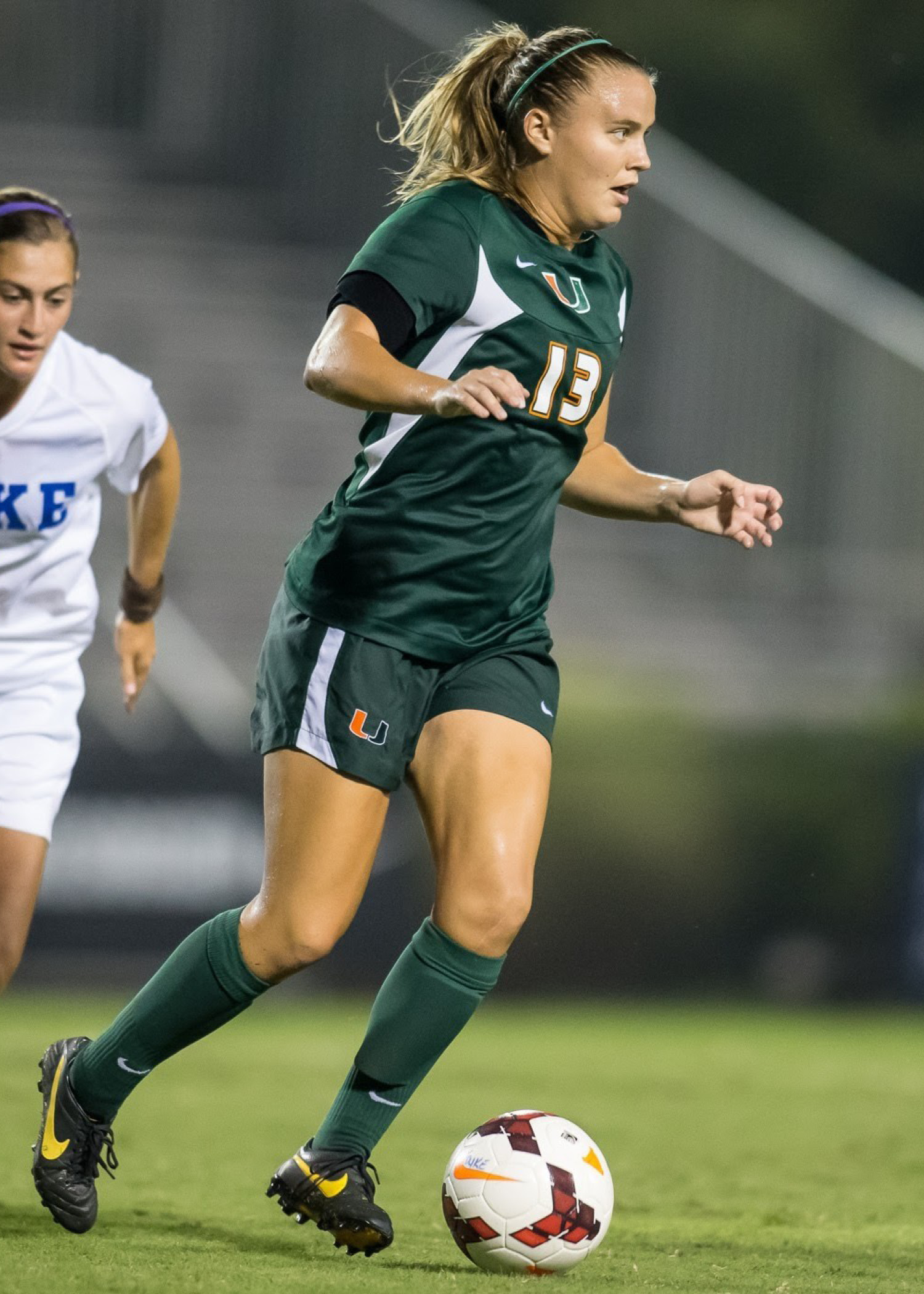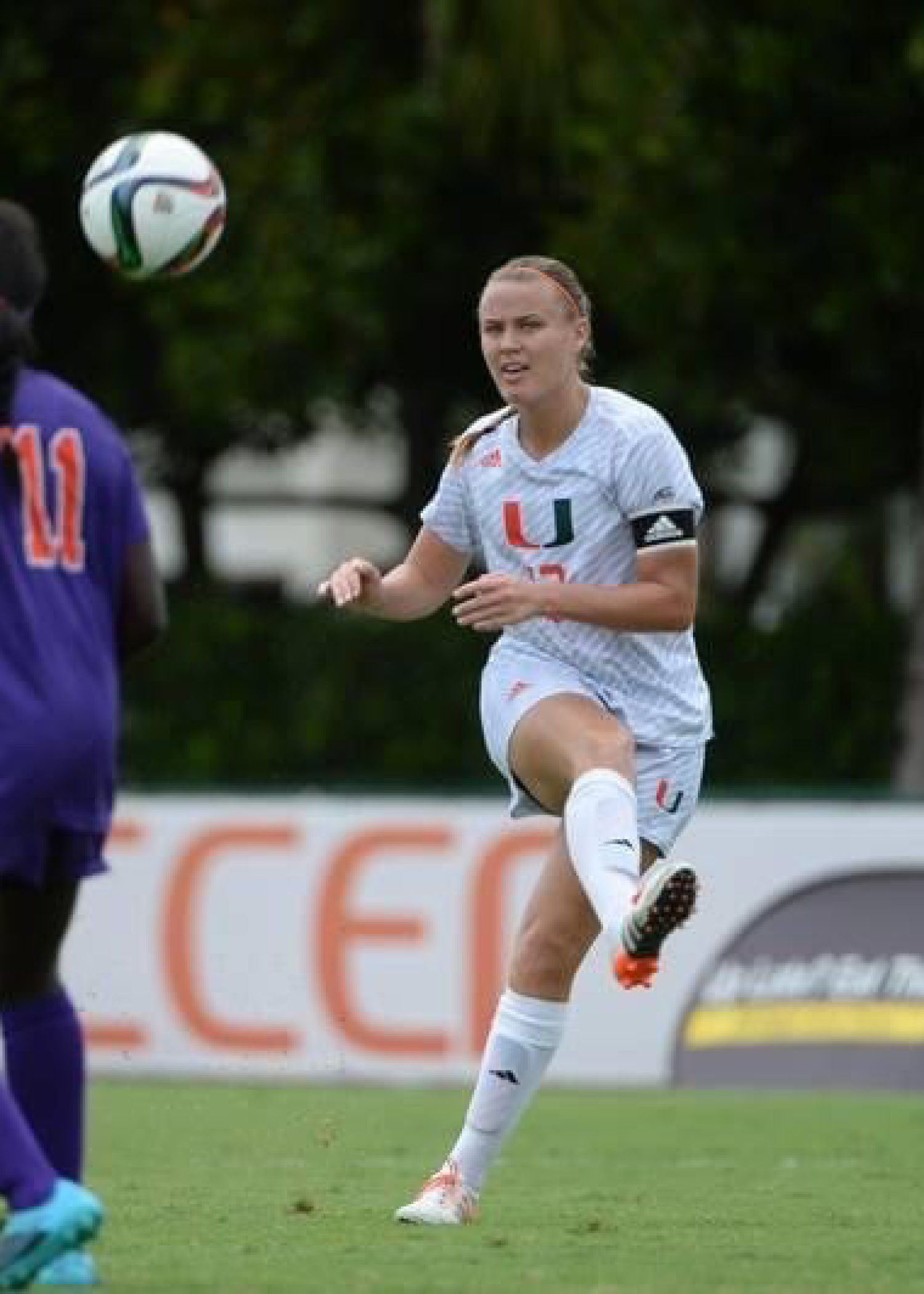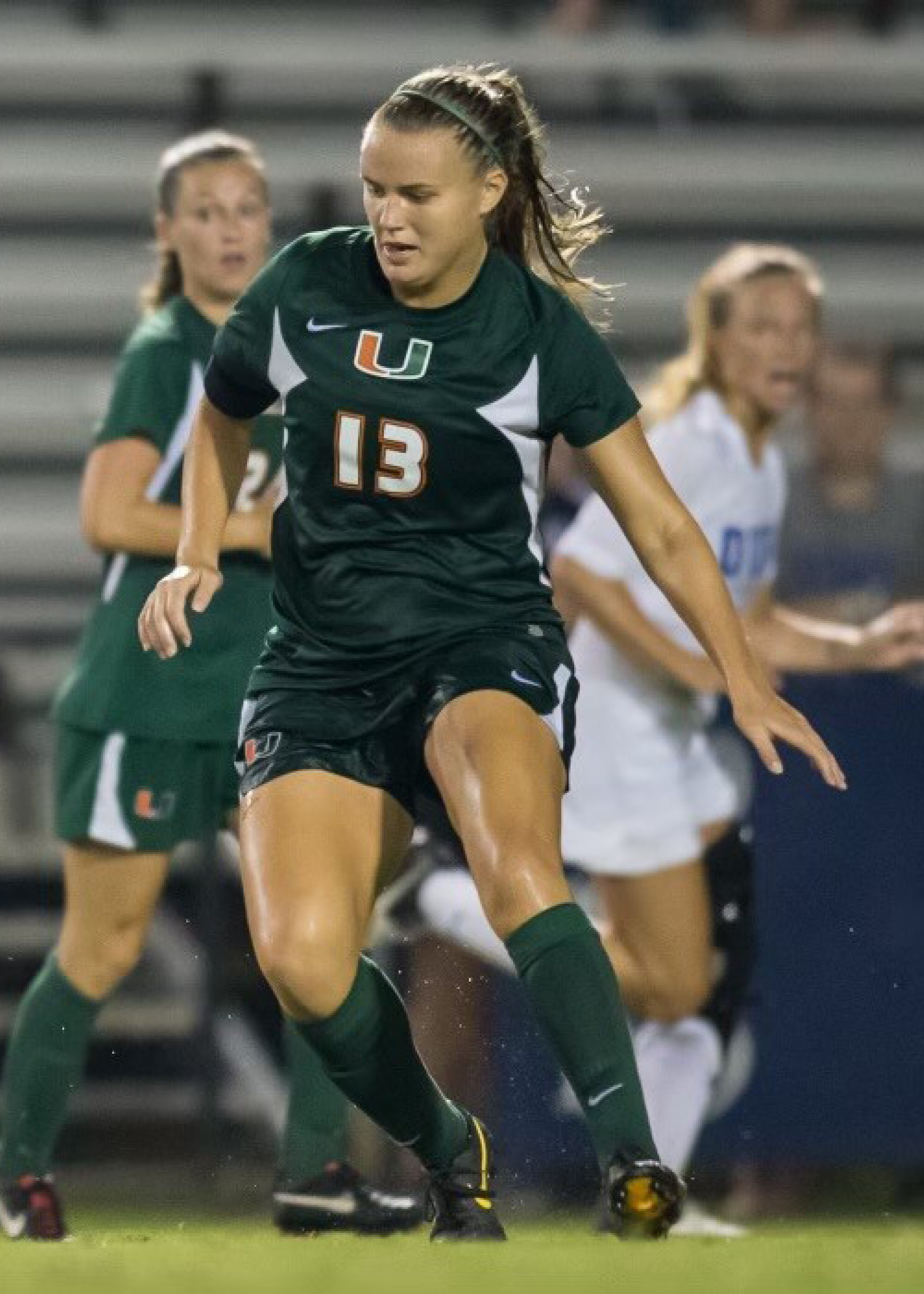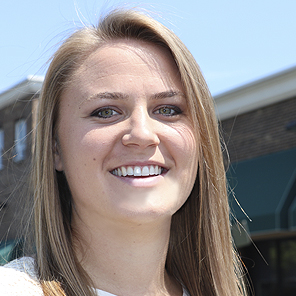Well after 28 days and 62 matches, it’s France/Argentina in the FIFA World Cup final. This epic matchup will see the reigning WC champs and star French player, Kylian Mbappé, take on arguably the greatest of all time, Argentina’s Lionel Messi. THIS IS GOING TO BE AWESOME.
And as the tournament comes to a close, we’re wrapping up our Team EXCEL Soccer Stories as well. In this blog, Hoboken physical therapist, Erin Ubriaco, PT, DPT, is bringing Part II of her patient to PT story. Erin is, unfortunately, no stranger to injury and the rehabilitation process. But after having these experiences, Erin understands better than most, how to return to a very high level of athletics (which makes her an awesome PT!).
Here she shares her comeback from the dreaded ACL injury and subsequent surgeries and recoveries.
I injured my knee the first time during my junior year of high school while playing soccer in a college showcase at Texas A&M University. I was playing center midfield. I had the ball and was dribbling up the field. I planted and cut and felt a pop in my knee with immediate pain. I flew back home to New Jersey and received an MRI. I was eventually diagnosed with a tear to the anterior cruciate ligament (ACL) and meniscus and was scheduled for surgery the next month. I know now that the “pop” I felt is actually one of the telltale signs of an ACL injury.
An ACL injury is significant for any athlete. There are four primary ligaments in the knee joint that provide stability. The ACL helps to resist the combined motions of anterior tibial translation on the femur and internal tibial rotation. The meniscus is a layer of cartilage inside the knee joint that sits on the tibia. It helps to cushion the joint and transfer forces between the tibia and femur. With a tear to the ACL and meniscus, the stability of the knee joint is compromised. This stability is especially important in soccer players as it allows for planting and cutting motions. Because of this, these injuries often require surgery to repair the structures.
For my surgery, they used part of my patella tendon to reconstruct the ligament. They also repaired the meniscus tear with sutures. The first 4-6 weeks following surgery I was non-weightbearing to allow the meniscus repair to heal. After that initial period, the focus then became gaining knee mobility back, as well as strength around the knee joint to safely return to running, jumping and playing.
Part II
During my sophomore year of college, I had a second knee surgery to treat an osteochondral defect in the same knee. An osteochondral defect (or OCD) refers to damage to the articular cartilage and the adjacent subchondral bone plate, typically of the femur but sometimes to the patella too. OCD’s do not always need to be surgically repaired, but in my case the size of the defect was too large that the surgeon felt it need to be fixed to relieve symptoms while playing.
The surgery for my OCD lesion was a microfracture surgery and the removal of loose bodies. A surgeon will enter the knee arthroscopically and remove any small fragments of detached bone or cartilage that are floating in the joint. For the microfracture procedure, small holes are drilled into the bone surrounding the defect to stimulate blood flow. The thought process is that the increased circulation will encourage healing of the bone.
For me as a soccer player, rehabbing from my knee surgeries was slightly more difficult than coming back from my shoulder surgeries. In the earlier stages of rehab, my shoulder recovery and knee recoveries had different challenges. However, the later stages of my knee rehab were slightly more challenging with soccer being more demanding on the lower body. Soccer requires a ton of quick movements such as sprinting, accelerating, decelerating, cutting, pivoting and even tackling. All of these movements require sufficient lower extremity strength, power and neuromuscular control. The knee needs to be dynamically stable to perform these movements freely with reduced risk or reinjury.
I think the hardest part of returning to sport was the mental aspect of it. During the rehab process, there were times that I had to find the inner motivation to remain consistent with physical therapy and my exercises to continue to make progress. When I was finally cleared to full participation, I had to overcome my fear of reinjury and allow myself to play without reservation in order to compete at the highest level. After multiple surgeries this was definitely challenging, but when I was able to let go and trust the rehabilitation process (and my physical therapy at EXCEL!), I was able to play my best soccer.



Erin (McGovern) Ubriaco earned her B.S. Ed. in Exercise Physiology and her Doctorate of Physical Therapy from the University of Miami. During her time at the U, Erin was a member of the women’s varsity soccer team, starting all four years in the highly competitive Atlantic Coast Conference. She was named captain of the team for her final season. Learn more about Erin.

